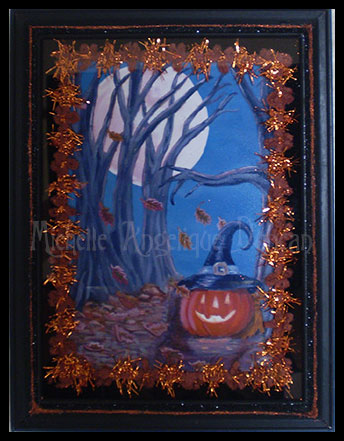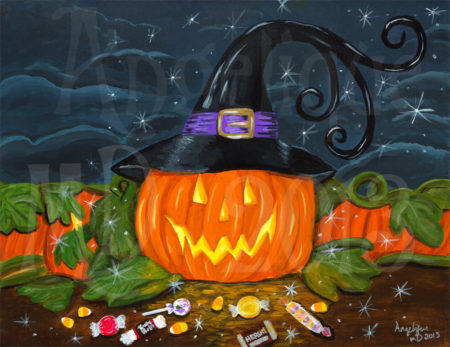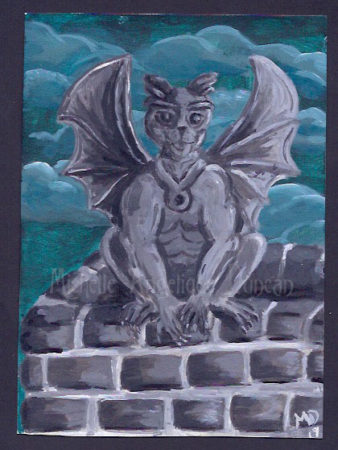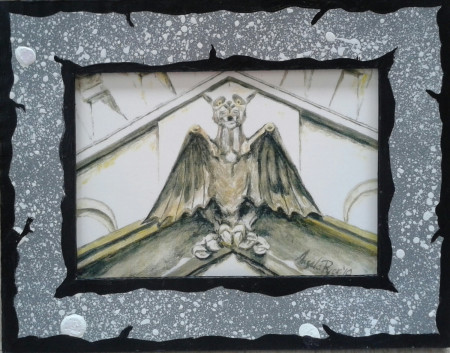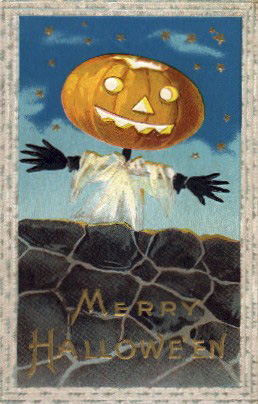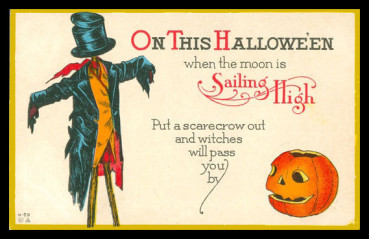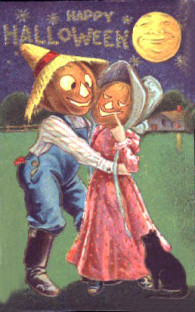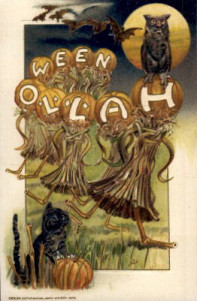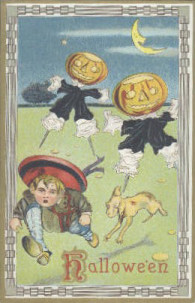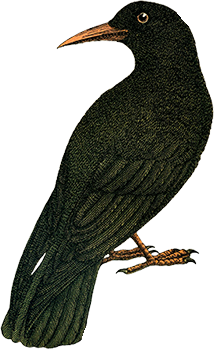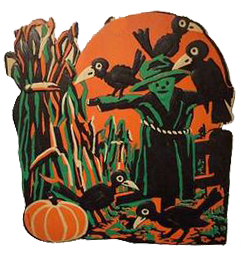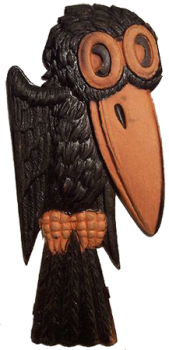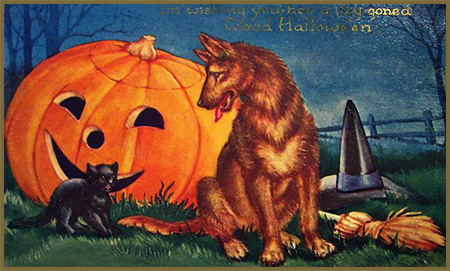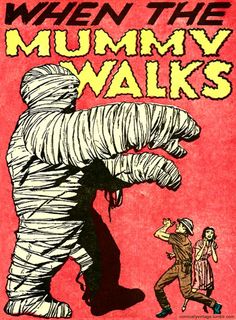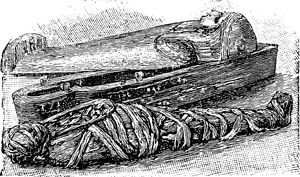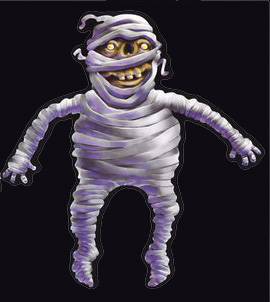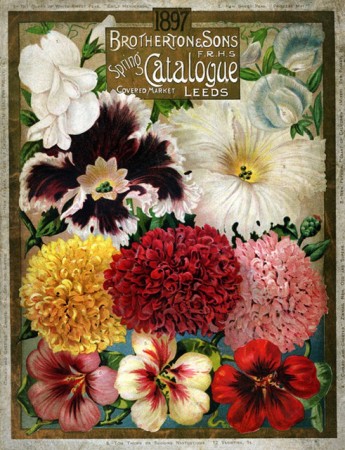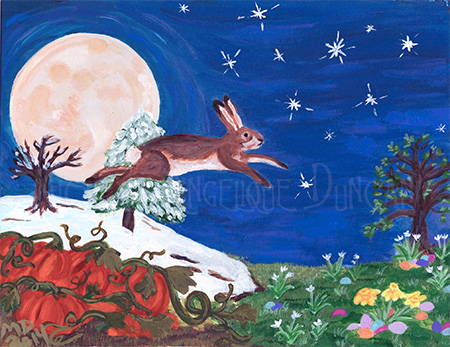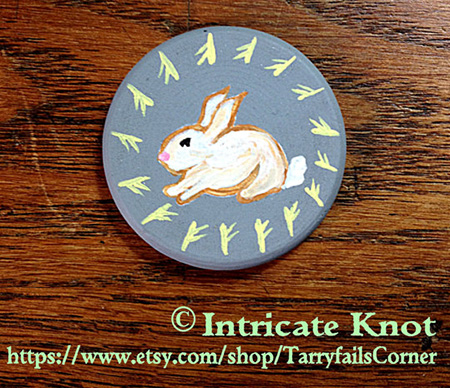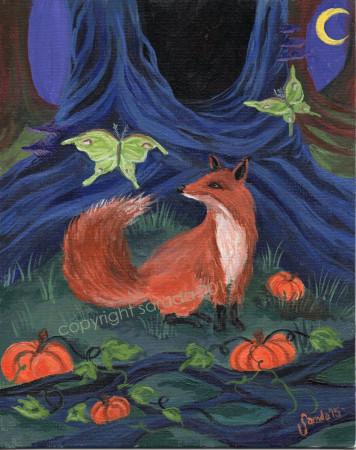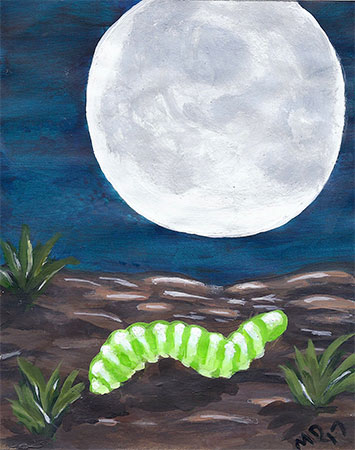
Full Worm Moon
-By Angelique Duncan
March 12th will be the Full Worm Moon. This will be the last full moon of Winter for 2017. The March full moon is known by many names, but is most commonly known as the Full Worm Moon. This full moon will occur a week before the Spring Equinox and will be visible from March 11th-the 13th and the moon peaks on March 12th. Although not a “super moon” this years moon it is thought will be particularly bright given it’s timing and placement in the night sky.
The March Full Moon became known as the Worm Moon because it coincides with the coming of the signs of Spring. As the ground begins to warm worms began to appear under shimmering light. Robins on their migration back north descend to feast upon the squirmy delicacies as a meal in the early morning. Many in North America believe that the coming of the robins signals the official end of winter. To the Native Americans it is the worms who are the true first signal that the ground has thawed and it is time for planting.
A full moon is not the only phenomenon in which worms glow. There are naturally occurring glowworms that are found in woodland caves all over the globe and a rare species found in wetlands in the North American south particularly in the Appalachian Mountains and the Cumberland Plateau. They are also one of few species that exist in the Arctic Circle. Caves in New Zealand and Australia are touted as quite the visual spectacle of hundreds of glowing worms hanging from cave walls.
The female of the species is usually the worm that actually has the glowing ability. They glow from bioluminescence luciferin and the reaction of fluorescent proteins reacting to minerals and oxygen that is emitted from the tail end of their bodies. The most common glow is that of a yellow or green, however those found in North America glow a stunning bright blue.
It is believed that glowworms have magical powers. Before electric light and battery operated light sources were collected and put along pathways to create light and safety for foot travel at night. The worms would also be placed in lanterns for their magical light. Sometimes the worms were distilled in water to create glowing liquid for illumination. Their magical powers were also sought after for medicinal purposes.
Folklore states that if one sees a glowworm on their path while traveling they will have good fortune. However one must never step on a glowworm, otherwise the joy and laughter will be removed from their household. It is also thought that if a glowworm crosses the threshold of a house the head of that household will perish.
Sadly, varieties of glowworms are increasingly becoming extinct and are being added to many nations list of eminently endangered species. Most glowworms are falling victim to urban expansion and invasions of humans in their natural habitats. Glowworms are sensitive to noise and particularly light pollution. They also are declining in their populations due to chemical and insecticidal pollutions that have been introduced into water sources. Some species populations are fading due to warming of their environments and extreme weather changes that are causing their natural mating and birth cycles to become off kilter.
This full Worm Moon get out and enjoy the first rights of Spring. While you are looking up to the skies to witness the full bright lunar occurrence, remember to look down and see if you can spy an emerging worm. Be grateful that Spring and warmer weather is on the way bringing with it birds and flowers. If you should see a glowworm count yourself lucky as you will be bestowed with magical good fortune.
Painting “Full Worm Moon” copyright Angelique Duncan -Twilight Faerie
Angelique Duncan is proprietor of Twilight Faerie Nostalgic and Capricious Objects. Check out her artist page to find links to her shops and vintage inspired traditional holiday art. Visit again next month for more traditions and folklore.

